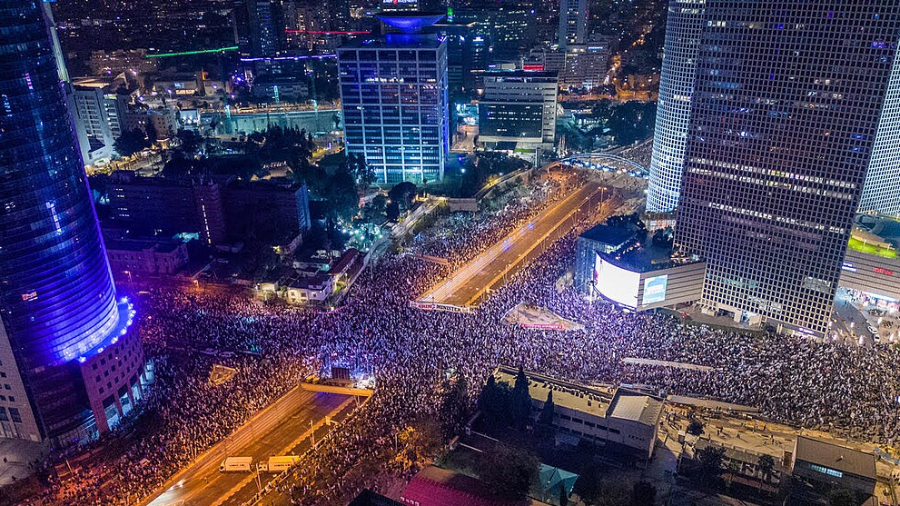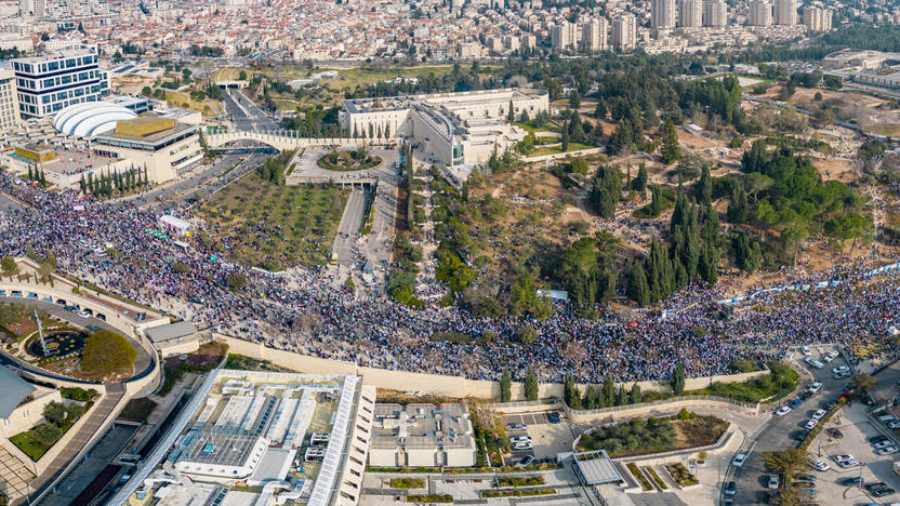More and more journalists are being attacked. It's not necessarily because of their opinions
- 2 בדצמבר 2021
- עודכן לאחרונה:
- 0

In the State of Israel, many citizens still consume the news from the traditional media. Yet in recent years we observe a growing phenomenon of citizens who attack media outlets and journalists. Citizens have accused media outlets for being politically biased and spreading "fake news". At the individual level, journalists and reporters have been attacked both verbally and physically. Such attacks increase during national crises such as military operations.
We identify three dimensions for attacks against the media. The first dimension refers to the attack on media channels due to what the public perceives as political bias. This is what happened to a team of "KAN 11" (public channel) last May during the military operation "Guardian of the Walls". A journalist and a photographer covered a march against Arab citizens in Tel Aviv. Some protestors then started calling the media crew "Nazis", "anti-Semites", and the team was even kicked and punched.
Another serious incident happened during the Guardian of the Walls in the Telegram phone application. A small group of people called to burn Channel 12 studios, located in Neve Ilan, not far from Jerusalem.
The second dimension refers to verbal threats made against journalists and reporters due to their political position, or the position of the media outlet in which they work. Many of these attacks occur online, especially through social media, but some even go beyond the internet. In 2021, the journalist Rina Matzliach from channel 12 received a threatening letter on her life: "Mark my words… I'm going to eliminate you; I'm going to set you on fire with flammable material… Your time has come".
According to Waisbord (2002), journalists are more vulnerable to physical harm when the government in the country is unstable. The fate of the press is intrinsically linked to the fate of the democratic state, as the press is central to the struggle for public expression. Therefore, if the press does not represent the opinions of the majority, journalists may become a prominent target for violence on the part of citizens, argues Waisbord whose 2002 paper well describes the political instability of Israel. In the last five years, Israel was highly unstable with four election campaigns, inability to form governments, and military operations.
An example of an extreme case of violence against a journalist is Hassan Shaalan, whose house was fired upon and even damaged from an explosive device. Hassan claims he was attacked for his journalistic work.
Channel 12 police correspondent Moshe Nussbaum also suffered a severe assault. He was attacked by police in the Sheikh Jarrah neighborhood last May while he covered riots there and did not appear to have committed any offense during his news coverage.
The phenomenon of attacks on the media and journalists have unfortunately become more common in recent years in Israel. Based on different models in the West, we see a correlation between strong and protected media and a stable democracy. In this context, political and police action should be taken to protect dedicated journalists who serve as the protectors of democracy.














